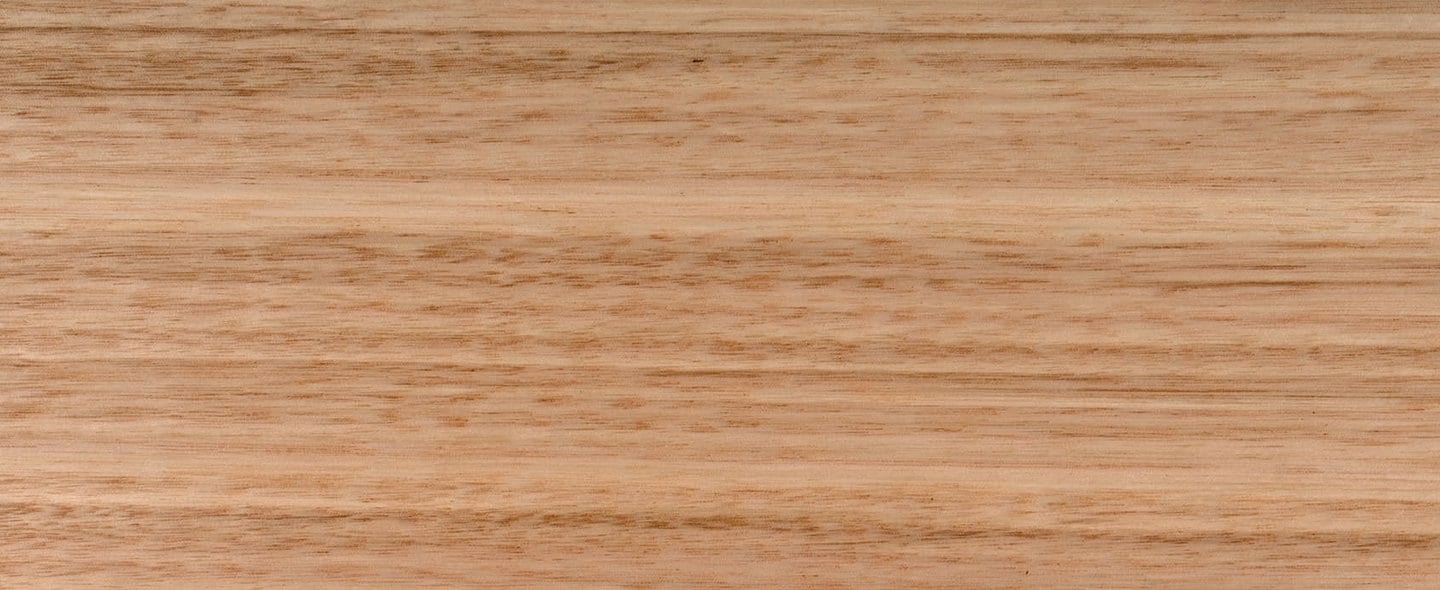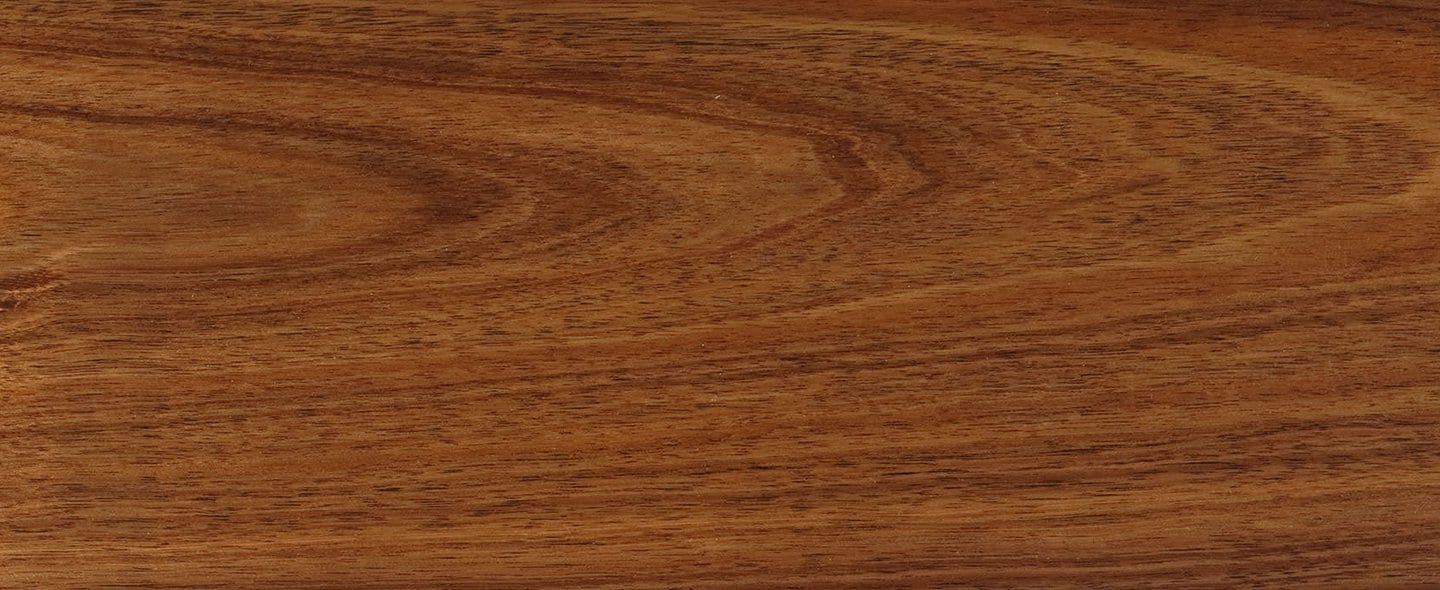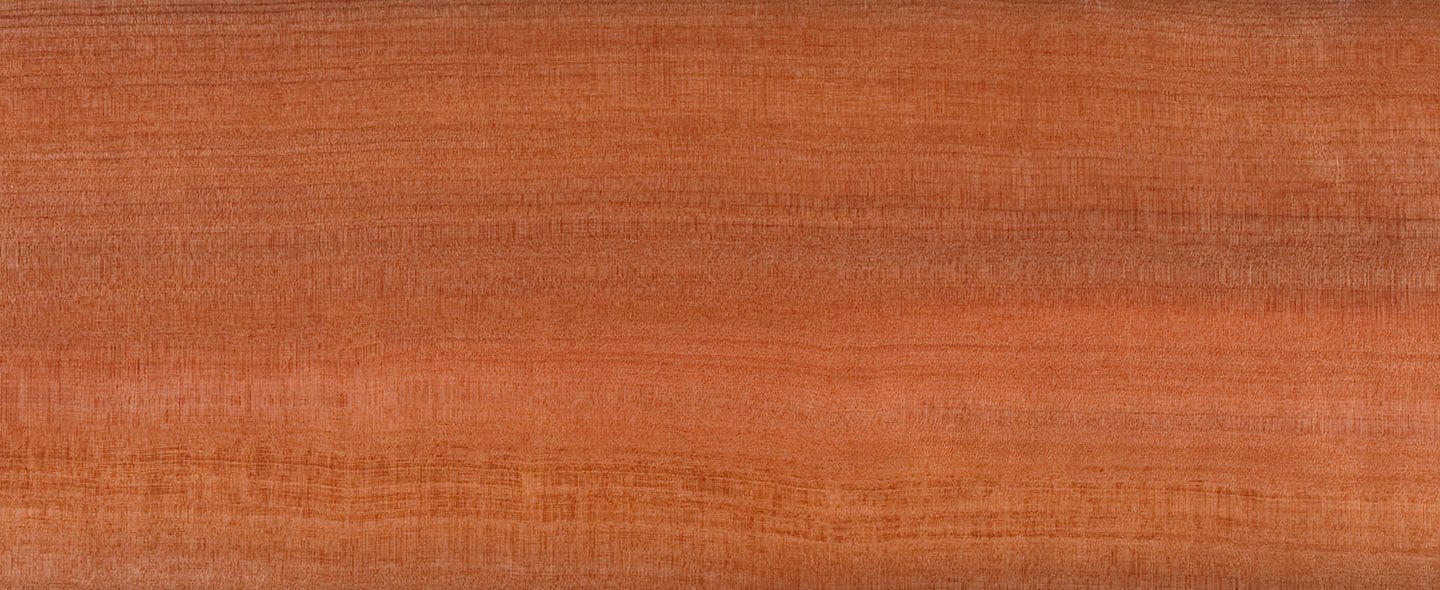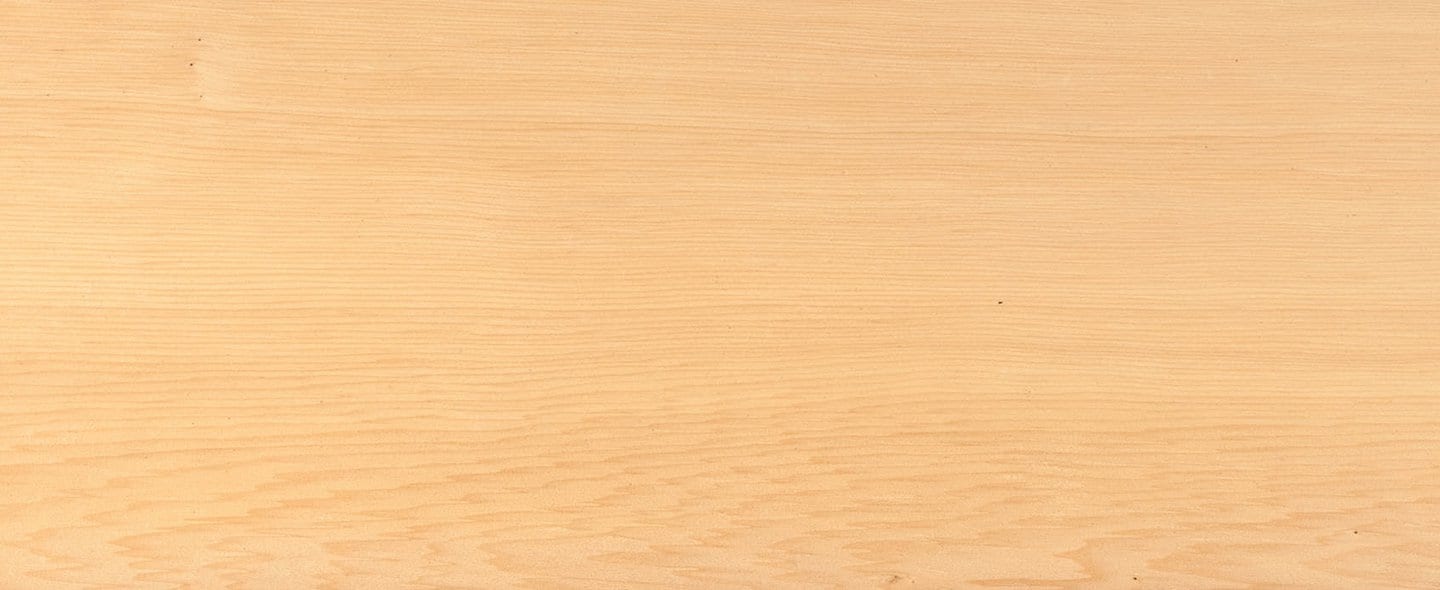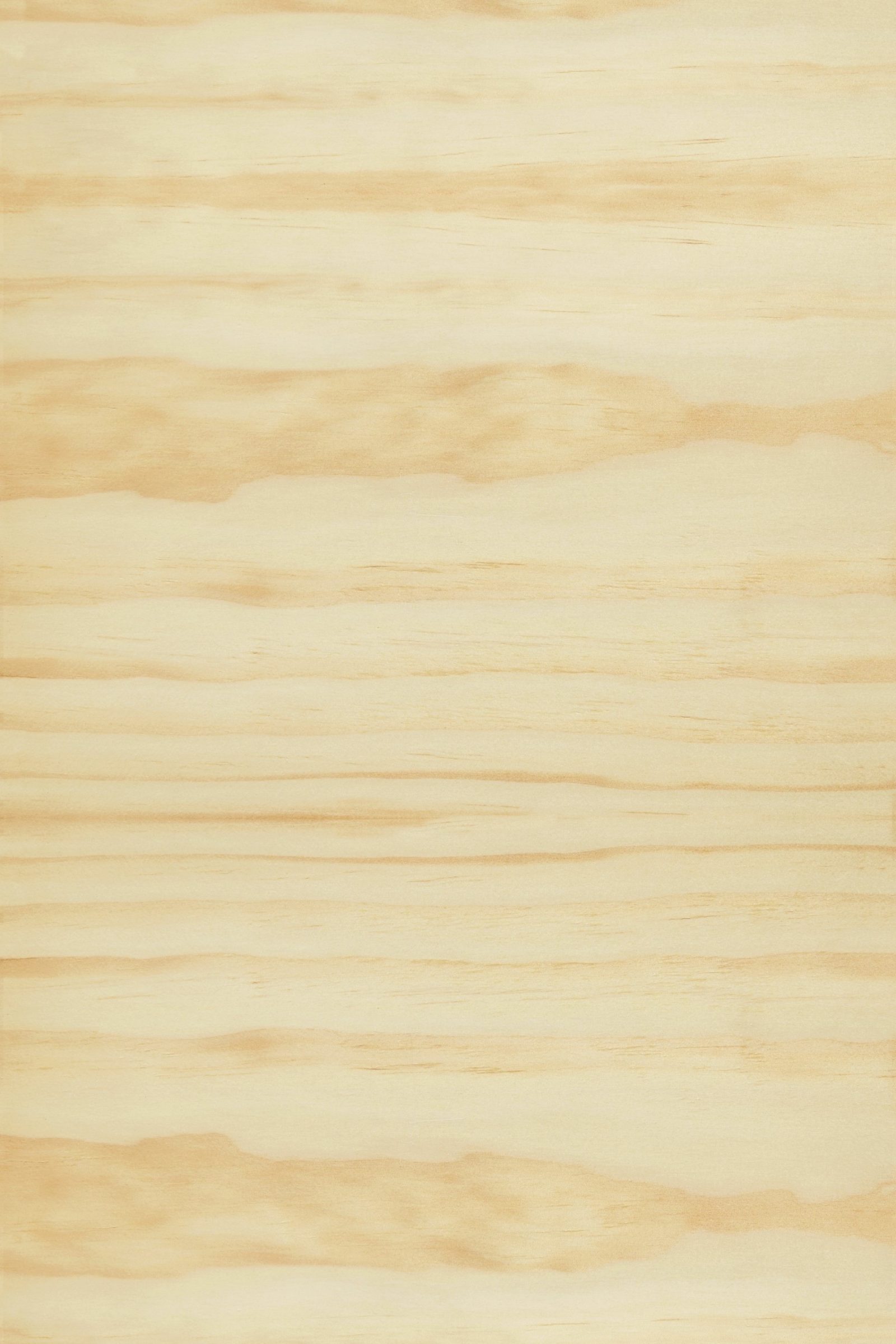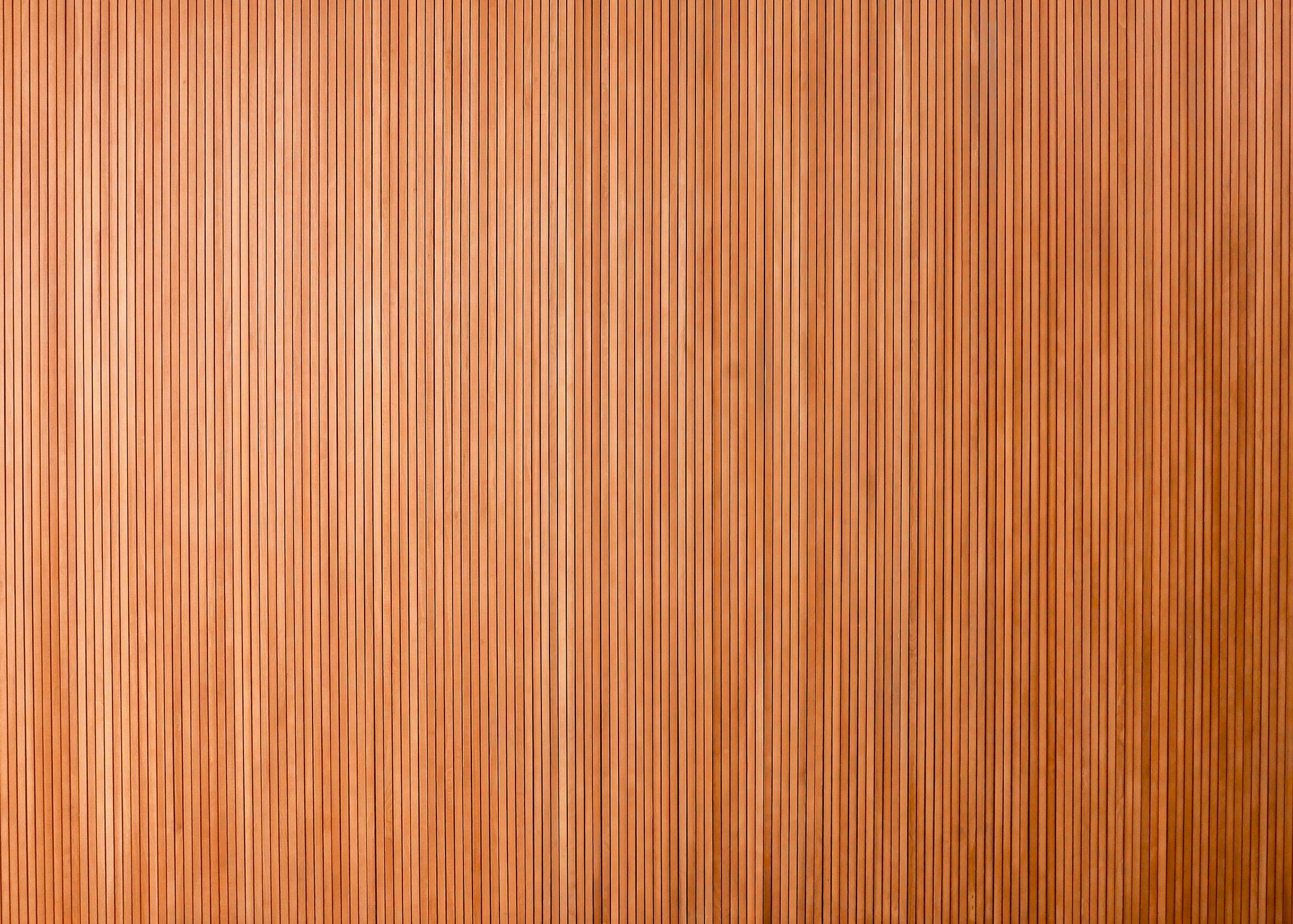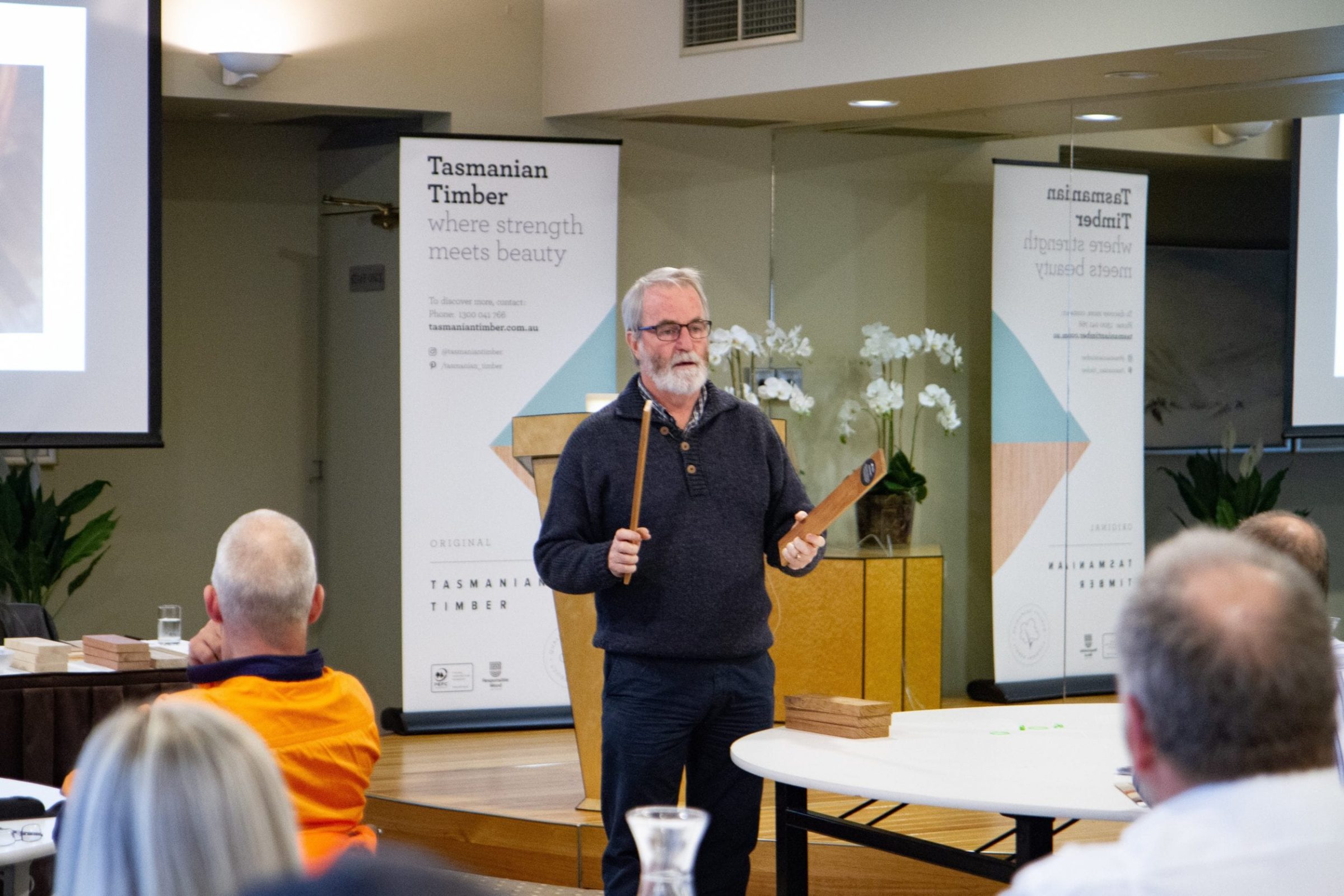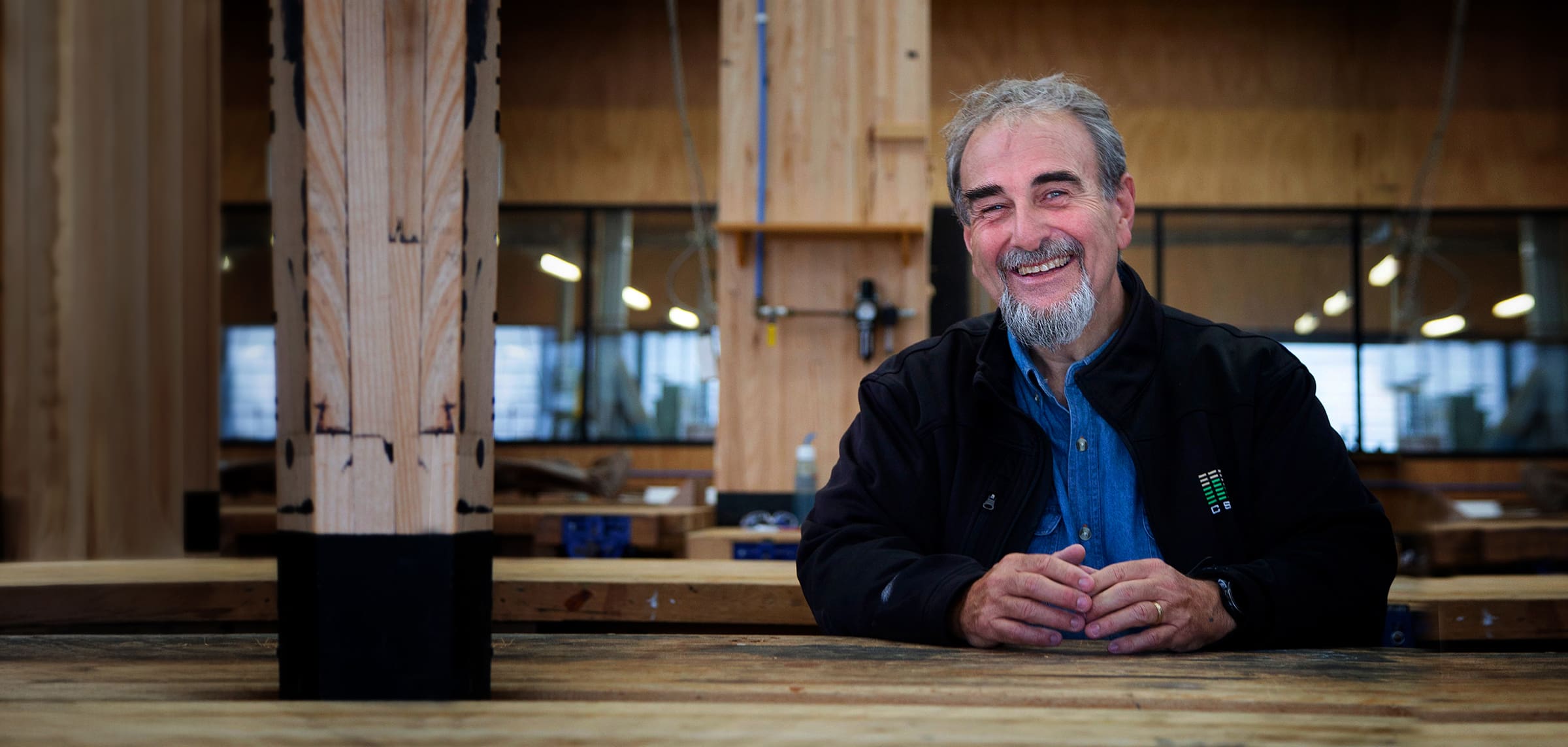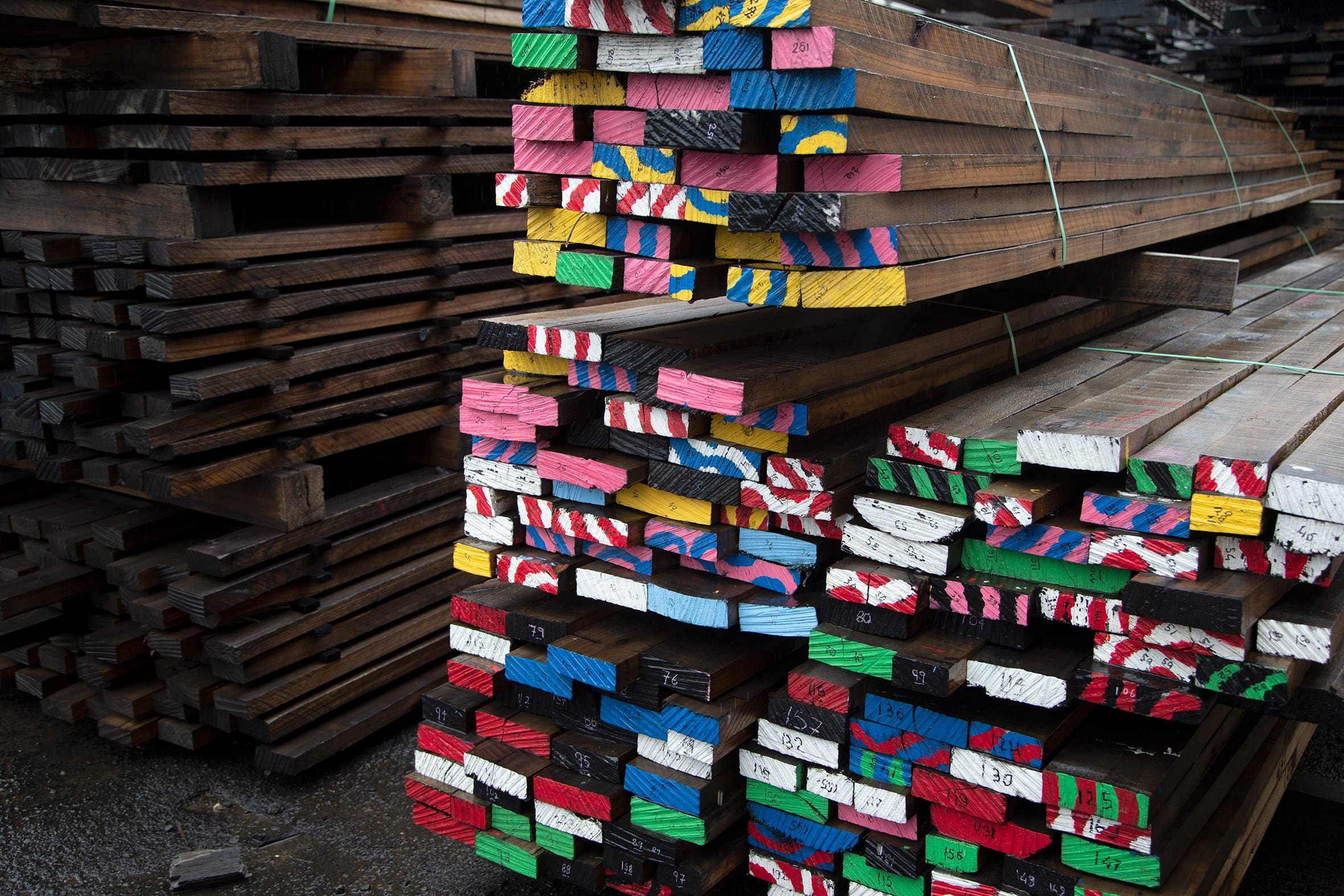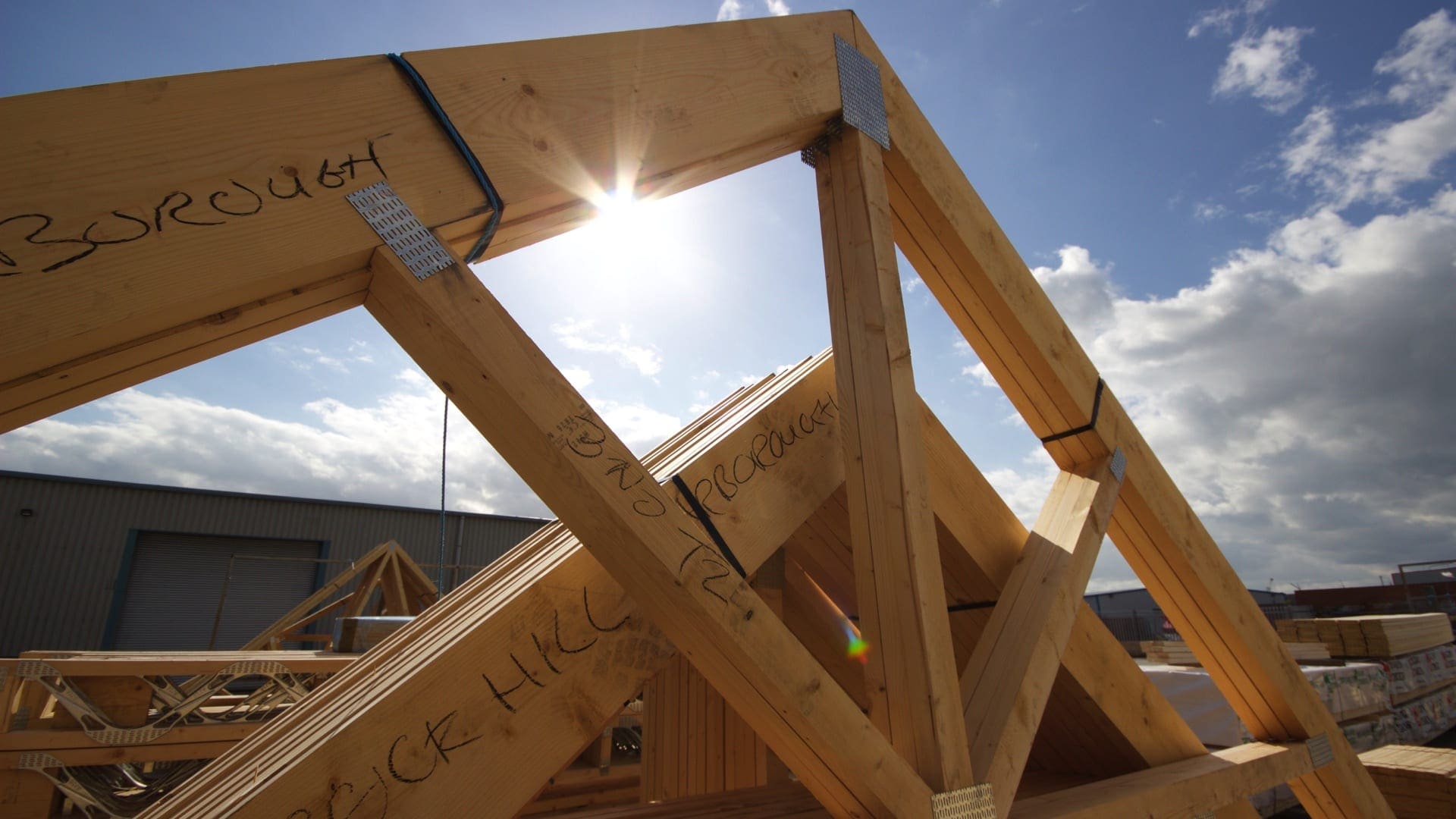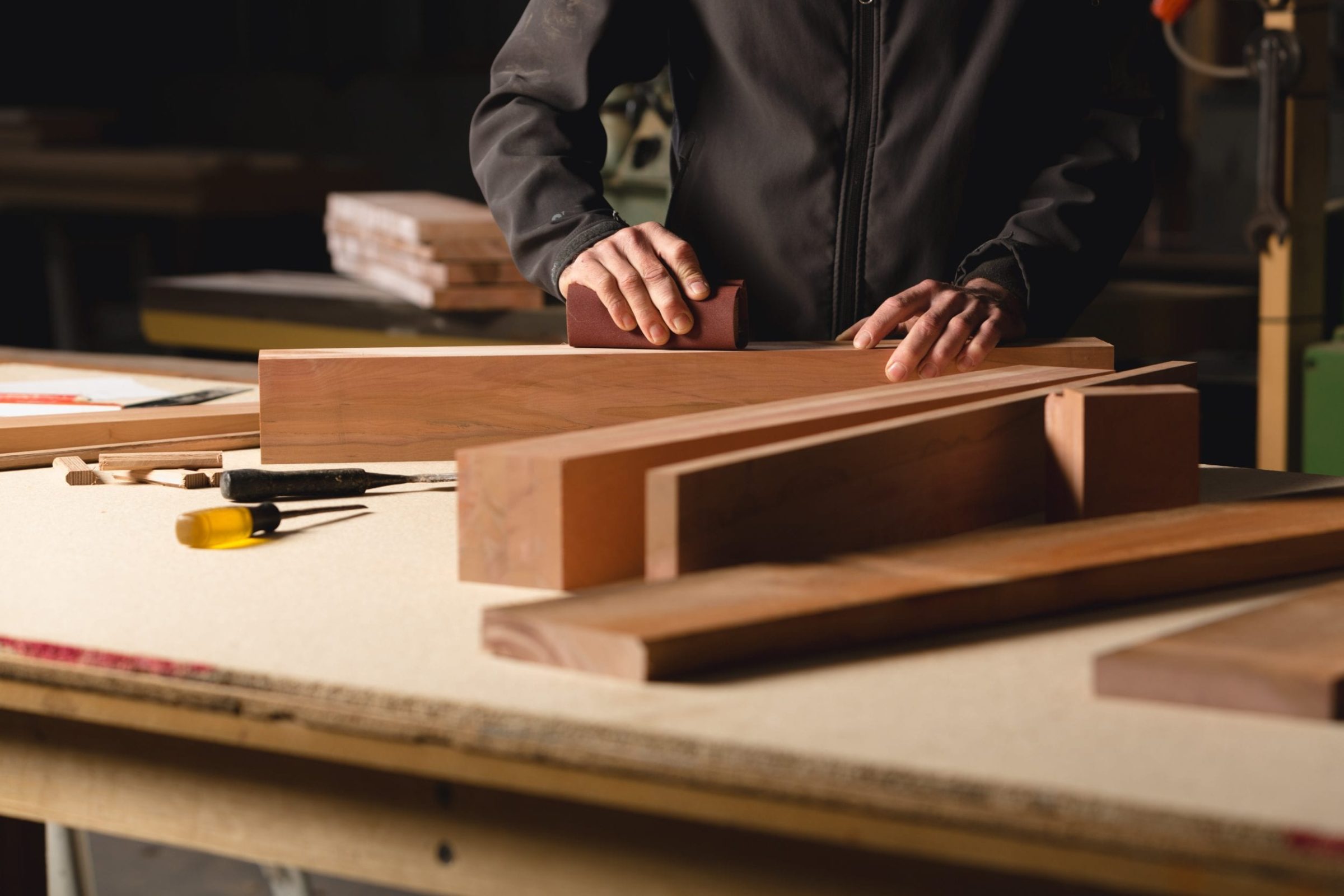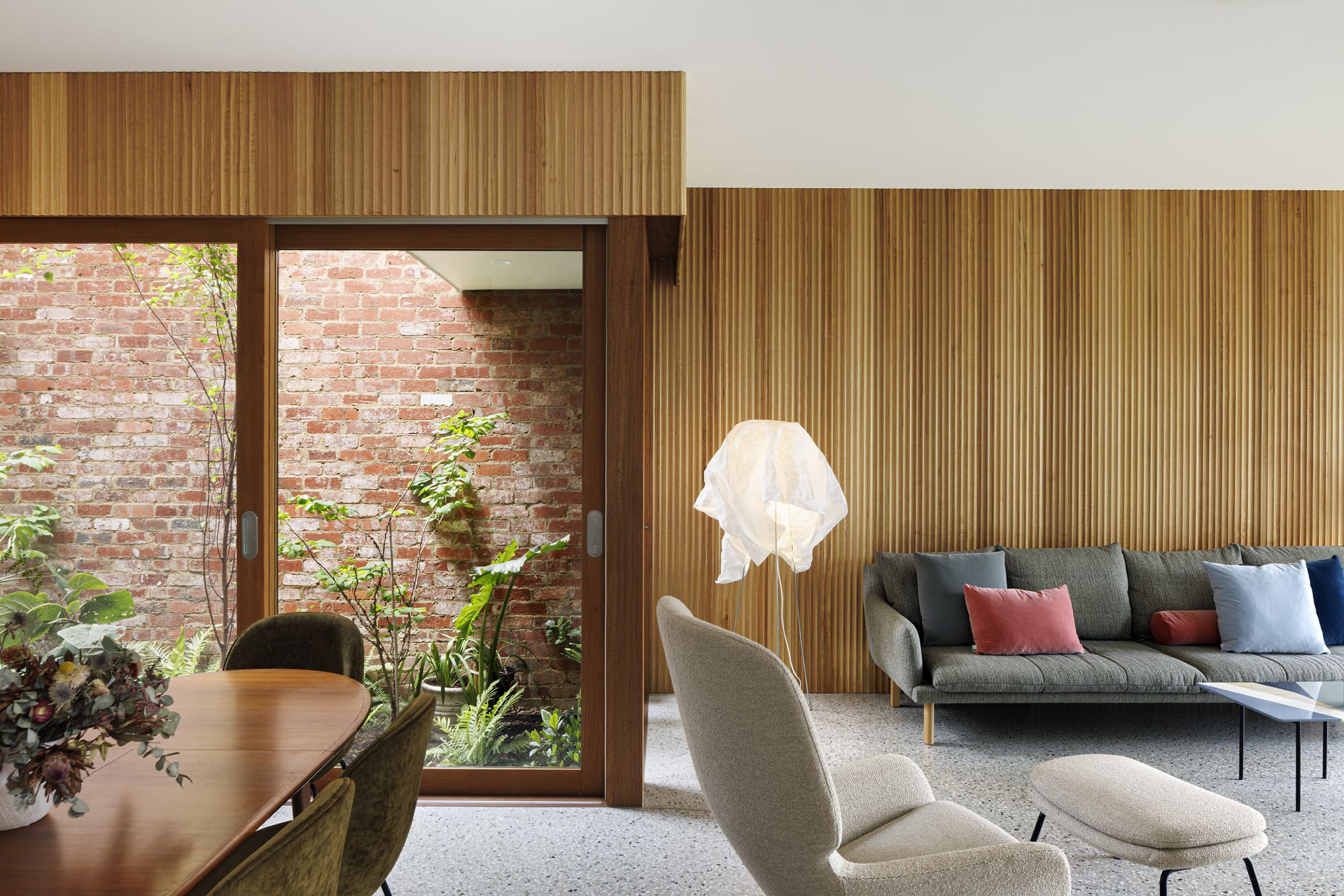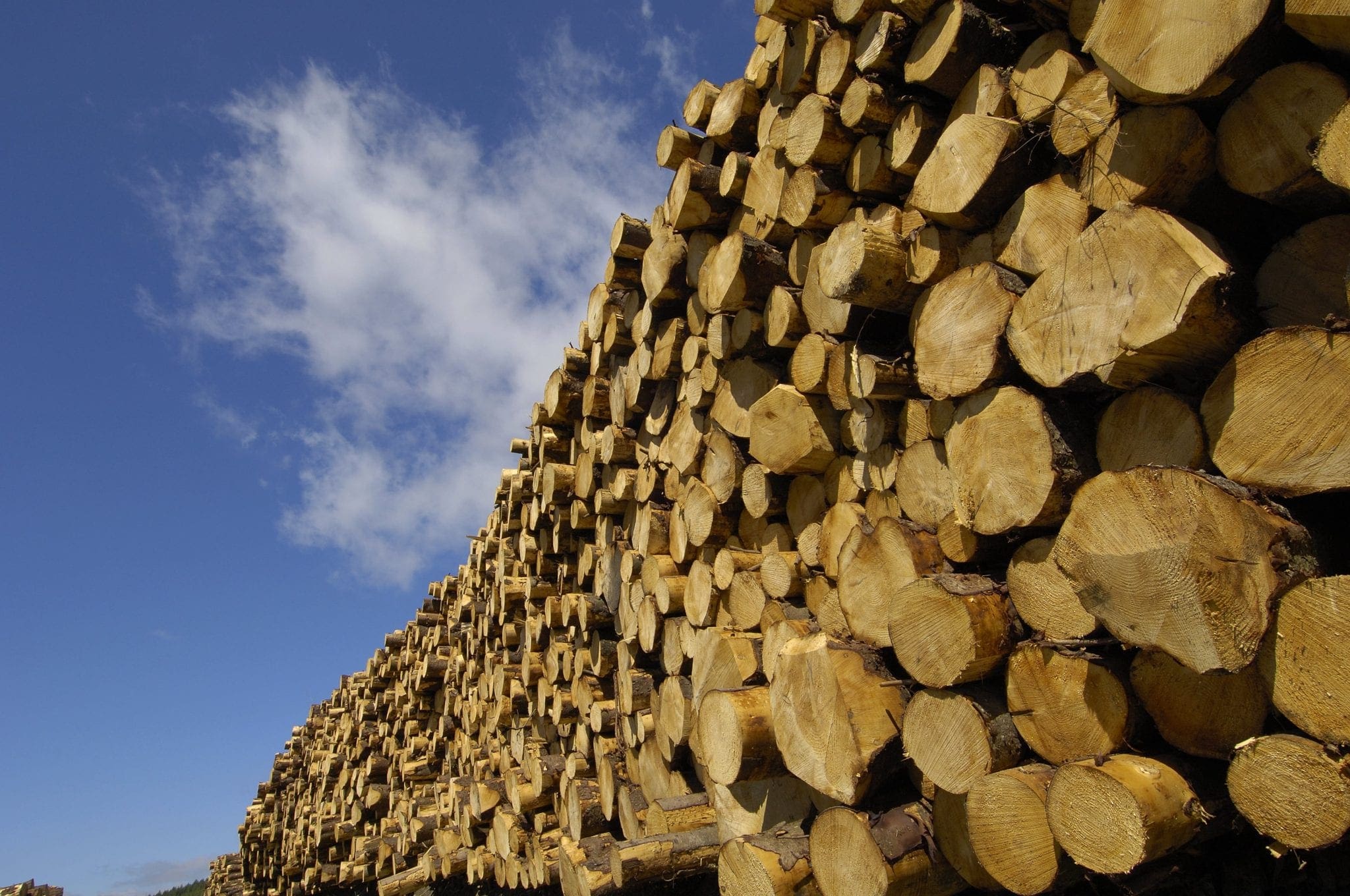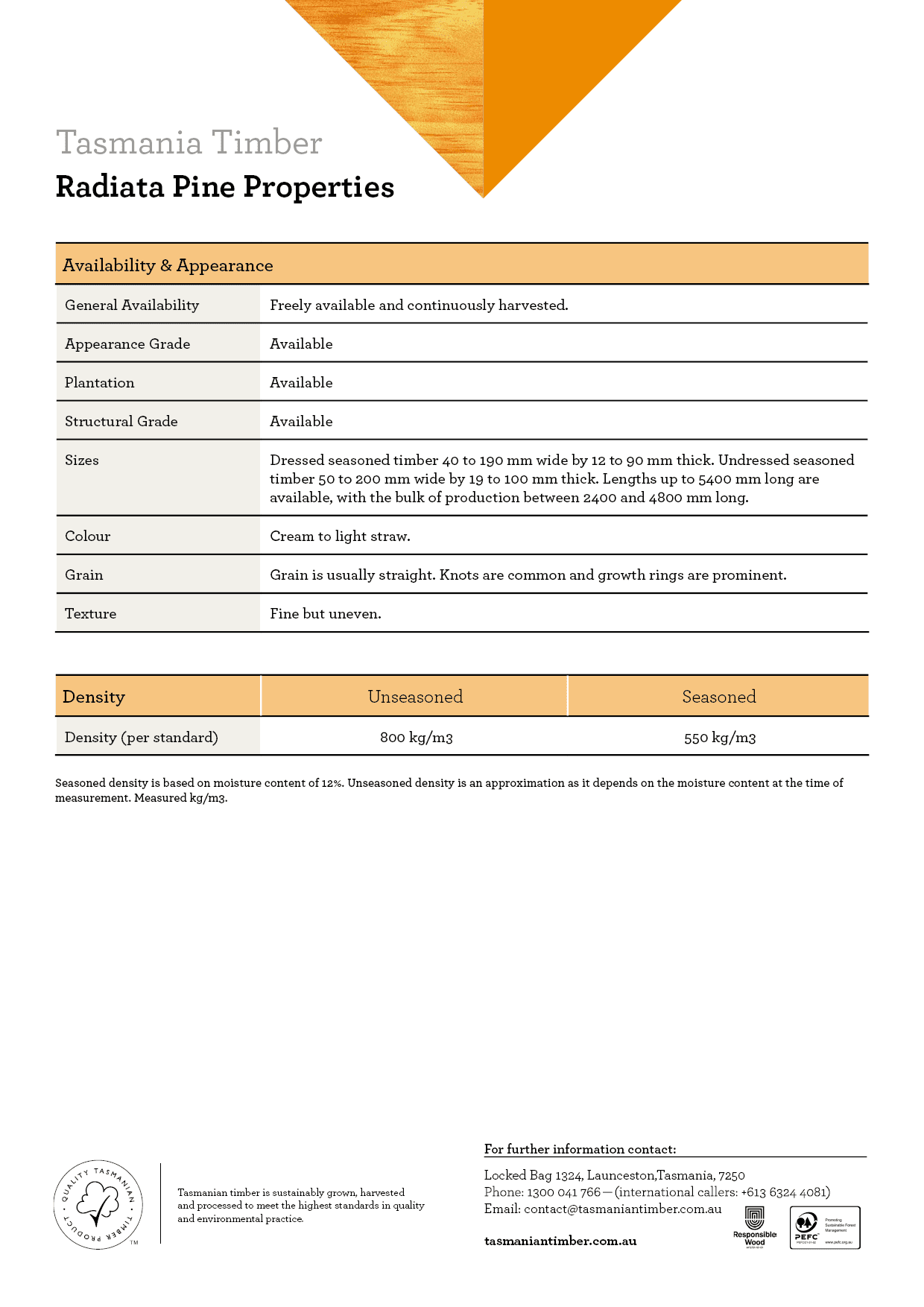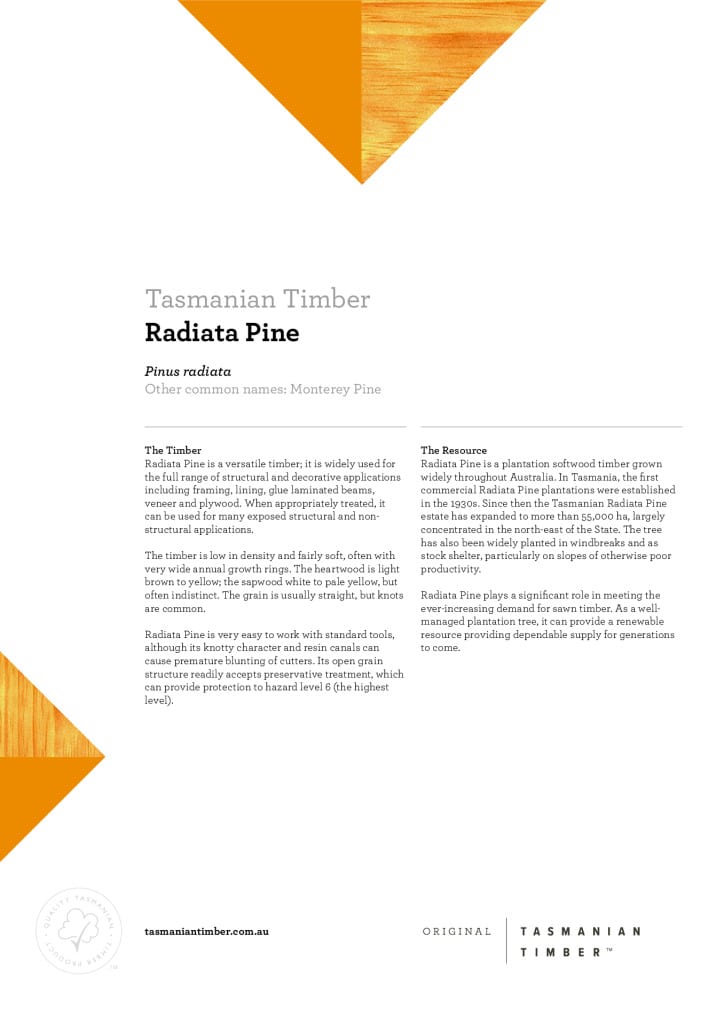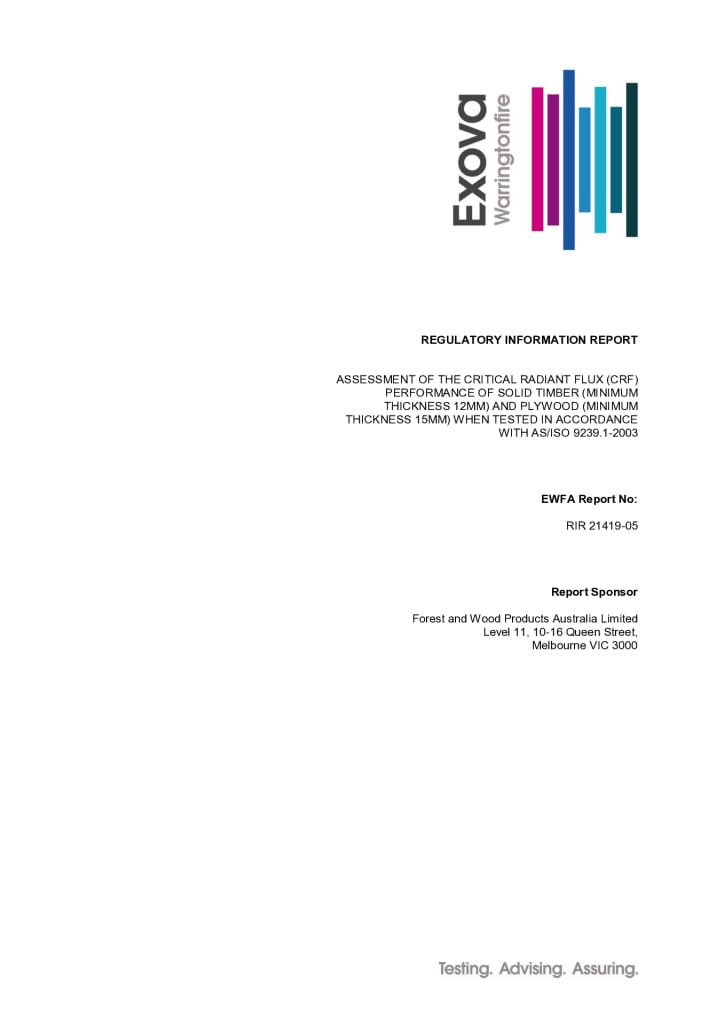Radiata Pine
Radiata Pine is a versatile timber widely used for structural and decorative applications including framing, lining, glue-laminated beams, plywood, and exposed structural and nonstructural applications if treated.
When appropriately treated, Radiata pine can be used for many exposed structural and non-structural applications.
The timber is low in density and fairly soft, often with very wide annual growth rings. Heartwood is light brown to yellow, the sapwood white to pale yellow, but often indistinct. The grain is usually straight, but knots are common.
Radiata pine is very easy to work with standard tools, although its knotty character and resin canals can cause premature blunting of cutters. Its open grain structure readily accepts preservative treatment, which can provide protection to hazard level 6 (the highest level).


